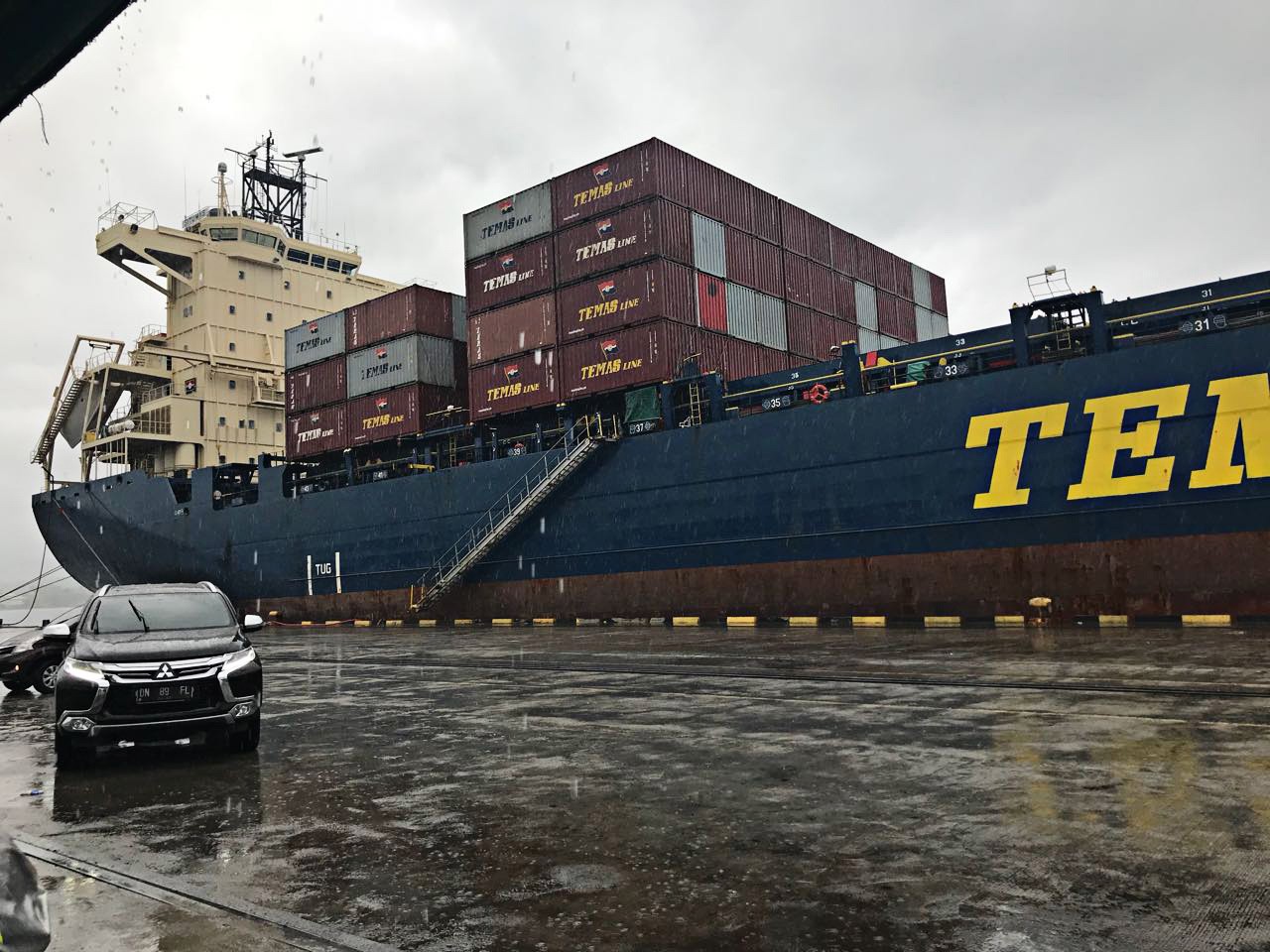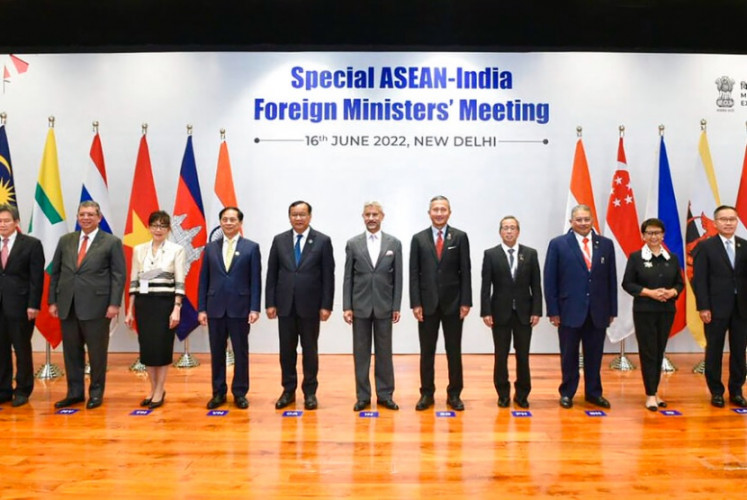Can Indonesia aim for 10 percent GDP growth?
If Indonesia wants to surge ahead, it must focus on exports. No nation has ever sustained GDP growth of 7 percent without export growth of at least 15 percent.
Change Size
 First shipment: Hongthai International, a company operating in the Special Economic Zone (KEK) of Palu, Central Sulawesi, began exporting pine sap products to Guangzhou, China, via Pantoloan Port in Palu in December 2017. (JP/Ruslan Sangadji)
First shipment: Hongthai International, a company operating in the Special Economic Zone (KEK) of Palu, Central Sulawesi, began exporting pine sap products to Guangzhou, China, via Pantoloan Port in Palu in December 2017. (JP/Ruslan Sangadji)
W
hen it comes to economic growth, Indonesia is not in the top drawer of the fast movers. Its gross domestic product (GDP) growth of 5 percent, while higher than several other economies, is selling itself short. While India and China slug it out for the world’s fastest growing economy, there is little reason for Indonesia to not be in line. Its dependence on domestic consumption ensured that it escaped the Great Financial Crisis of 2008-2009 relatively unscathed compared to its peers. It has superstition on its side as well this year. Its GDP per capita today is equivalent to that of 1987 in South Korea and 2008 in China — the year from which the two nations hosted the Olympics and saw momentum leap forward with regards to their economy. This year Indonesia hosts the Asian games.
Yet — if Indonesia wants to surge ahead, it must focus on exports. No nation has ever sustained GDP growth of 7 percent without export growth of at least 15 percent. Japan did it. The Asian tigers did it. China did it. Even India did it for most of the first decade of this century. For Indonesia, exports as a percent of GDP have shrunk sharply since 2000. So today Indonesia is a minnow in exports with Vietnam shipping almost double the worth of goods despite its economy being almost a fifth of Indonesia. Nations like Sweden, Poland and Belgium are larger exporters than Indonesia. Even with the small base, exports growth has stayed at levels of 8 percent.
It doesn’t need to be this way. Flushed with an abundance of natural resources, Indonesia has been content for long. Commodities like palm oil and coal provide easy and regular currency. Yet it is because of a focus on shipments of low-value items like these products, export values have never reached the scale that Indonesia must aspire for. Indonesia needs to get greedy by moving up the value chain. All historical evidence suggests that countries get richer when they focus on processing and refining their produce while countries that stick to providing the raw input are left behind. Take Nigeria.
Despite being the largest producer of crude oil in Africa, Nigeria continues to import more than 80 percent of its petroleum products due to its low domestic refining capacity. Fuel imports account for 20 percent of Nigeria’s total imports impacting its macroeconomic environment. In another sector, the African giant has historically been shipping cashew nuts to Vietnam which in turn roasts it and sells it to the United States. To get its rightful value, Nigeria is finally set to create six cashew processing factories and sell directly to the giants like Walmart.
Indonesia’s decision-makers get this principle — and policies like a ban on unprocessed mineral ores to force companies in developing refining capacity is a reflection of that.
That will help but will not yield sharp results in the GDP bottomline. For that newer and more valuable items need to hit the list of exports in an emphatic manner. In simple math (though not entirely correct) terms — the value of coal hovers at US$100/ ton while that of palm oil trades at $650/ton — both exported by Indonesia in abundance. But a car, also weighing about a ton, being manufactured and assembled when exported sells at over $6,000.
Why then play only the lowvalue game? Instead aim to become an automobile export hub for Southeast Asia and strive to develop an indigenously developed car. South Korean and Indian automakers learnt from the Japanese through their joint ventures and then developed their own vehicles.
















